Section 8 Housing landlords often face several common problems, including delayed payments, tenant turnover, damage to property, tenant non-compliance with lease agreements, and difficulties finding qualified tenants. Additionally, landlords may face complex bureaucratic procedures and regulations that can make it challenging to participate in the program. To mitigate these issues, landlords should thoroughly screen potential tenants, maintain open communication with tenants, and stay up to date with program requirements and regulations.
In this article, we will discuss 7 common problems that Section 8 housing landlords experience, including lack of communication with housing authorities, late rent payments, tenant damages, tenant non-compliance with lease terms, high tenant turnover, increased inspections and regulations, and the eviction process.
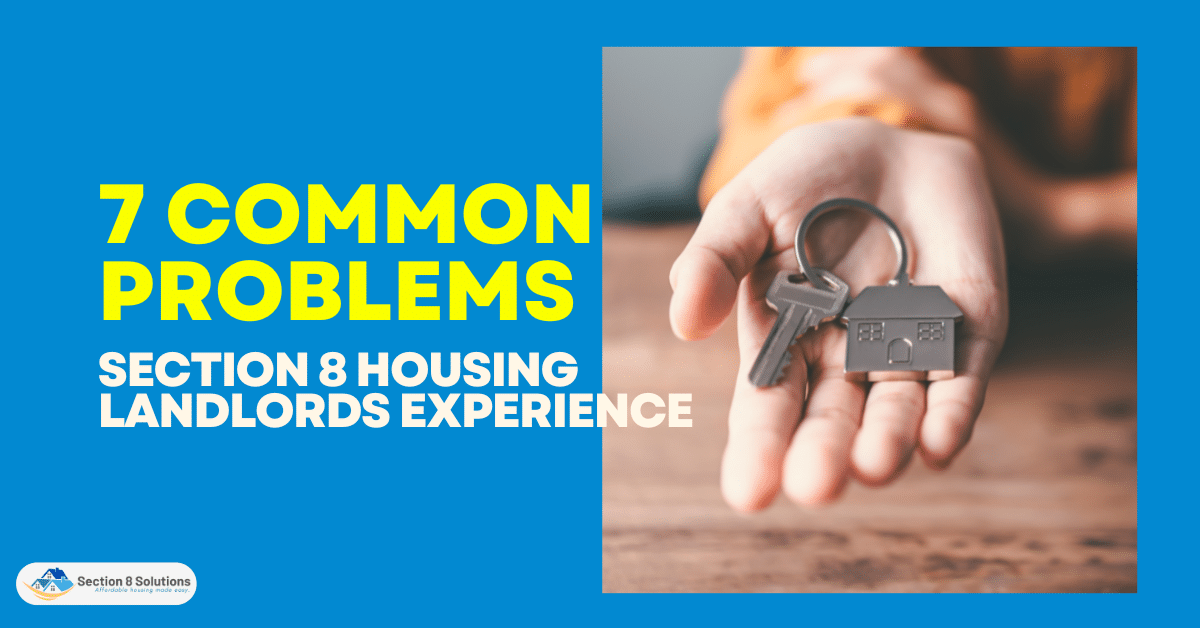
1. Lack of Communication With Housing Authorities
Communication is critical for success in any business or relationship, and this is especially true for landlords participating in Section 8 housing programs. Lack of communication can lead to missed opportunities, misunderstandings, and ultimately, financial loss. In this section, we will explore the importance of communication for Section 8 landlords, the consequences of poor communication, and tips for improving communication.
Importance of Communication
Communication is crucial for landlords who participate in the Section 8 Housing program as it helps to ensure that the program operates smoothly. Landlords should keep lines of communication open with tenants, local housing authorities, and other stakeholders in the program. Consistent communication can help landlords stay informed of any changes to the program, deadlines, and requirements, and can also help prevent misunderstandings and conflicts.
By keeping tenants informed about any changes to the rental property or the program, landlords can avoid any misunderstandings or issues that may arise from a lack of communication. Regularly communicating with housing authorities can help landlords stay up to date on program requirements and deadlines, ensuring that they are in compliance with program regulations. Additionally, regular communication with other stakeholders in the program, such as social service providers or community organizations, can help landlords identify opportunities to connect tenants with additional resources and support.
Overall, effective communication is essential for landlords who participate in the Section 8 Housing program to ensure that the program operates smoothly and that all stakeholders are informed and working together effectively.

Consequences of Lack of Communication
Lack of communication can have serious consequences for landlords participating in the Section 8 Housing program. One of the most significant consequences is the loss of rental income. Without effective communication, landlords may miss important deadlines, fail to comply with program requirements or misunderstand tenant needs, which can result in lost rental income and financial penalties.
Here are five potential consequences of a lack of communication:
- Misunderstandings: When there is a lack of communication, misunderstandings can arise between individuals or groups. This can lead to confusion, conflict, and a breakdown of relationships.
- Missed Opportunities: A lack of communication can lead to missed opportunities, such as potential business deals, collaborations, or personal connections.
- Inefficient Work: When there is a lack of communication within a team or organization, work can become inefficient, leading to errors, wasted time, and missed deadlines.
- Low Morale: A lack of communication can contribute to low morale within a team or organization. Employees may feel disconnected, undervalued, or frustrated, leading to decreased job satisfaction and productivity.
- Legal and Financial Consequences: In some cases, a lack of communication can result in legal or financial consequences, such as missed deadlines or miscommunication leading to legal disputes or financial losses.
Another consequence of lack of communication is missed opportunities for assistance and resources. Housing authorities may provide support or resources to landlords participating in the program, but without effective communication, landlords may not be aware of these opportunities. This can prevent them from accessing resources that could help them improve their properties, find qualified tenants, or comply with program regulations.

Tips for Improving Communication
Improving communication is essential for landlords participating in the Section 8 Housing program to ensure the smooth operation of the program. One way to improve communication is to establish clear lines of communication with housing authorities. Landlords should have a clear understanding of the contact information for their local housing authority and establish regular communication to stay up to date on program requirements and changes.
Another way to improve communication is to utilize technology to streamline communication. Landlords can use online portals or apps to communicate with tenants and track rent payments or use email or online messaging to communicate with housing authorities. This can help landlords stay organized and keep track of important information related to the program.
Effective communication is essential for success in Section 8 housing programs. By understanding the importance of communication, the consequences of poor communication, and implementing tips for improving communication, landlords can ensure a smoother rental experience and better serve their tenants.

2. Late Rent Payments
Late rent payments are a common issue that Section 8 landlords face and they can cause significant financial strain and disruptions in the rental process. In this section, we will explore the causes of late rent payments, the consequences that landlords may face, and some solutions to prevent late rent payments.
Causes of Late Rent Payments
underlying causes can help them prevent or address the issue. One common cause of late rent payments is unemployment or financial hardship. Tenants may struggle to pay rent on time due to unexpected job loss or financial difficulties. In such cases, landlords can work with tenants to develop a payment plan or connect them with resources that can help them get back on their feet.
Another cause of late rent payments is tenant forgetfulness or disorganization. Some tenants may simply forget to pay rent or be disorganized with their finances. To address this issue, landlords can send regular reminders, set up automatic payments, or provide tenants with resources to help them manage their finances more effectively. By understanding the causes of late rent payments, landlords can take proactive steps to prevent or address the issue, such as offering payment plans, providing resources to tenants, or being flexible with due dates.

Consequences of Late Rent Payments
Late rent payments can have serious consequences for both landlords and tenants. One of the main consequences for landlords is financial loss. Late rent payments can create a domino effect where landlords may not be able to cover their expenses such as mortgage payments, property taxes, and maintenance costs. Additionally, landlords may charge late fees to tenants who fail to pay rent on time.
Here are some consequences:
- Interest charges: In addition to late fees, some landlords may also charge interest on late rent payments. This can further increase the total amount owed.
- Negative impact on credit score: Late rent payments can negatively impact a tenant’s credit score, which can make it more difficult to secure loans or credit in the future.
- Legal action: If rent payments continue to be late or are not paid at all, landlords may take legal action to evict the tenant and recover any unpaid rent.
- Damage to rental history: Late rent payments can also damage a tenant’s rental history, making it more difficult to secure future rental properties.
- Strained landlord-tenant relationship: Late rent payments can strain the relationship between landlords and tenants, leading to a breakdown in communication and trust.
- Inability to renew lease: If rent payments are consistently late, landlords may not want to renew the lease agreement once it expires, making it necessary for tenants to find a new place to live.
These fees can add up quickly and put a financial strain on tenants who are already struggling. In some cases, landlords may be forced to take legal action to collect unpaid rent or evict tenants, which can be a time-consuming and costly process. Late rent payments can also damage the relationship between landlords and tenants, leading to mistrust and conflict.
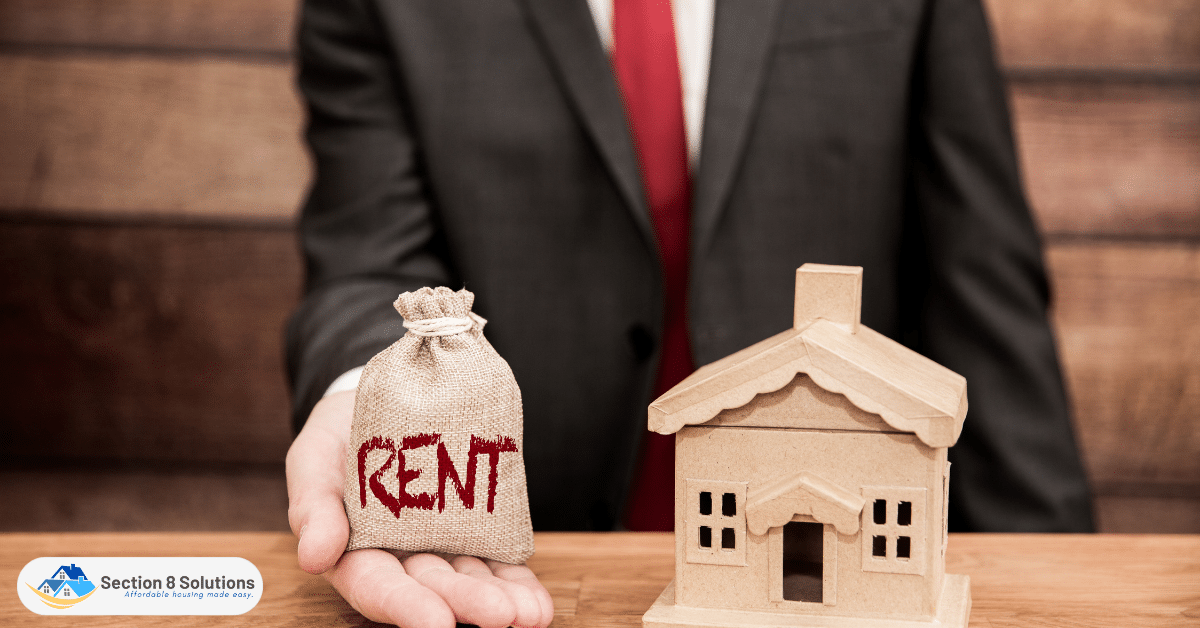
Solutions to Prevent Late Rent Payments
Late rent payments can cause significant problems for landlords, but there are several solutions that can help prevent them from occurring. One effective strategy is to establish clear communication with tenants about rent due dates and any late fees that may apply. Landlords can do this by providing tenants with a written lease agreement that outlines their responsibilities and payment terms.
They can also use online tools or mobile apps to send reminders about upcoming rent payments. Another solution is to offer flexible payment options to tenants. This could include allowing tenants to pay rent in installments or setting up automatic payments through an online portal. Landlords can also work with tenants who are experiencing financial difficulties by offering payment plans or connecting them with resources such as rent assistance programs.
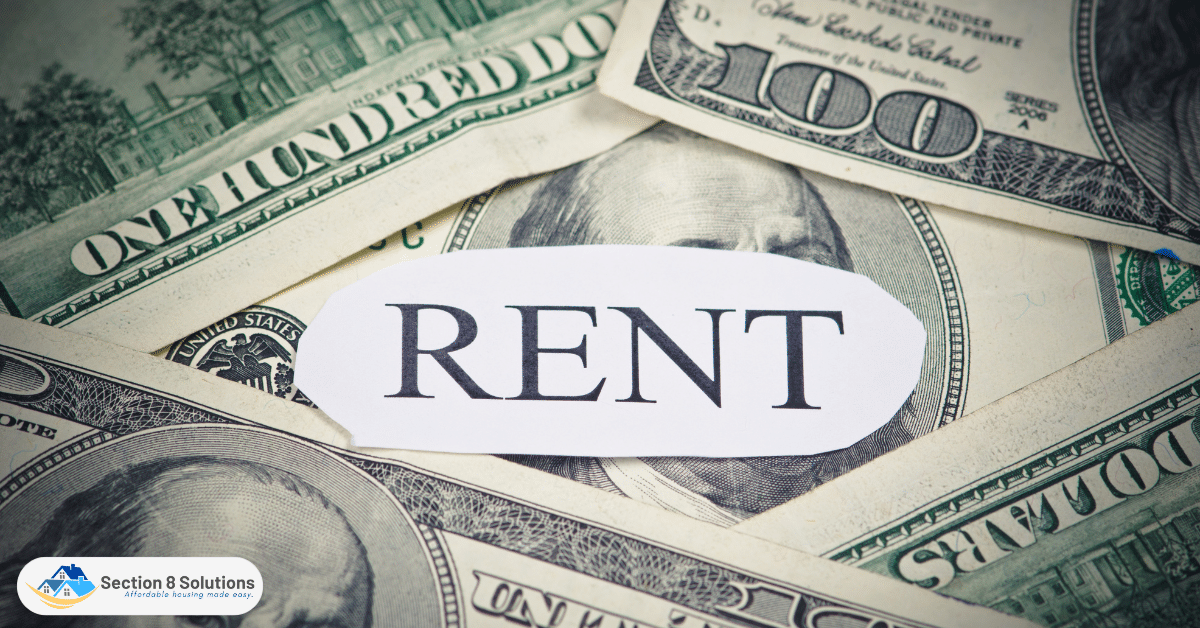
3. Tenant Damages
Tenant damages are another common challenge that Section 8 landlords may face. While damages can occur in any rental property, they can be especially costly and frustrating for landlords who rely on government subsidies to cover a portion of the rent. In this section, we will explore the types of tenant damages, the consequences of tenant damages, and ways landlords can mitigate and prevent them.
Types of Tenant Damages
Tenant damages can come in various forms, and landlords need to identify the different types of damages to address them properly. Three common types of tenant damages include physical damage to the property, stains, damage to carpets or other flooring, and damage to appliances or fixtures.
Here are five types of tenant damages that landlords may encounter:
- Physical damage to the property: This includes any damage to the structure of the property, such as broken windows, holes in walls, or damage to doors or locks.
- Stains or damage to flooring: This includes any damage to carpets, tiles, or hardwood floors, including stains from spills, burns, or scratches.
- Damage to appliances or fixtures: This includes any damage to appliances such as refrigerators, stoves, or washing machines, as well as fixtures such as sinks, toilets, or showers.
- Pet damage: This includes any damage caused by tenants’ pets, such as scratches to doors or walls, or stains or odors from urine or feces.
- Unauthorized alterations or additions: This includes any changes made to the property without the landlord’s permission, such as painting walls, installing shelves, or adding new fixtures or appliances.
It is important for landlords to be aware of the different types of tenant damages to properly address and resolve them. By addressing damages promptly and effectively, landlords can ensure the safety and livability of their rental property and maintain positive relationships with their tenants. At the same time, tenants must also understand their responsibility to maintain the property and report any damages to the landlord as soon as possible.

Consequences of Tenant Damages
As a landlord, it’s important to be aware of the potential consequences of tenant damages. Tenant damages can result in significant costs for landlords, as well as potential legal disputes and delays in rental income. Being proactive in addressing damages and taking steps to prevent them can help landlords to minimize these consequences and maintain positive relationships with their tenants.
Other consequences of tenant damages can include:
- Decreased property value: If a property is damaged and not repaired quickly, it can lead to a decrease in the property’s overall value.
- Safety hazards: Damaged items, such as electrical wiring or plumbing, can create safety hazards for tenants, which can lead to injuries or other accidents.
- Difficulty in finding new tenants: If a property is damaged, it may be more difficult to find new tenants. Prospective tenants may be hesitant to rent a property that has a history of damage or neglect.
- Increased insurance premiums: Landlords may see an increase in their insurance premiums if they have a history of tenant damages. Insurance companies may view these damages as a higher risk and charge accordingly.
- Negative reviews: In today’s digital age, tenants can leave negative reviews on various websites or social media platforms, which can harm a landlord’s reputation and make it more difficult to attract new tenants.
It is essential for landlords to take steps to prevent tenant damage by conducting regular inspections, communicating clearly with tenants, and addressing any issues promptly.
Tenant damages can be a significant source of stress and financial burden for Section 8 landlords. By understanding the types of damages, and the potential consequences, and implementing strategies to mitigate and prevent damages, landlords can protect their investments and provide a safe and comfortable living environment for their tenants.

4. Tenant Non-compliance With Lease Terms
Non-compliance from tenants is a significant concern for landlords and property managers. Some examples of non-compliance include late rent payments, unauthorized pets or guests, property damage or alterations without permission, and illegal activities on the property.
The consequences of non-compliance can be severe and wide-ranging. Landlords can face legal and financial penalties, damage to the property, and compromised relationships with other tenants. In some cases, non-compliance can result in the termination of the lease and eviction of the tenant.
To address non-compliance, it is crucial to have clear communication and documentation of lease terms and expectations. This includes outlining consequences for non-compliance and ensuring that tenants are aware of these consequences. Prompt and consistent enforcement of lease terms is also essential to prevent non-compliance from becoming a recurring issue. Additionally, mediation or legal action may be necessary in more severe cases of non-compliance. By taking these steps, landlords can help mitigate the negative impacts of non-compliance and maintain a positive landlord-tenant relationship.
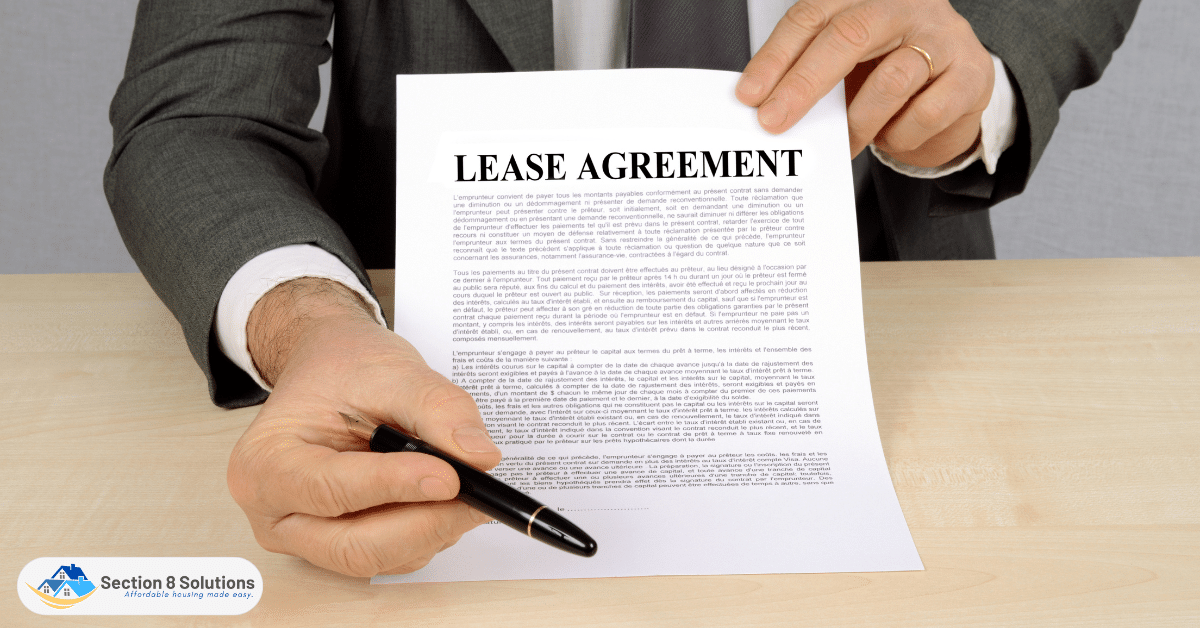
5. High Tenant Turnover
High tenant turnover is a common problem faced by Section 8 landlords, which can negatively impact the financial stability of the property. There can be several reasons for high tenant turnover, including poor communication or relations with the landlord, inadequate maintenance or repairs, inconvenient location or lack of amenities, disruptive neighbors, or a noisy environment. The consequences of high tenant turnover can be financial losses from vacancies and advertising costs, additional expenses from cleaning, repairs, and re-renting, and a negative impact on the property’s reputation and attractiveness to future tenants.
Solutions to Reduce High Tenant Turnover
One of the most effective ways to reduce high tenant turnover is to improve communication and relationships with tenants. This involves responding to their needs and concerns in a timely and respectful manner, being transparent about policies and procedures, and treating tenants with professionalism and kindness. By building a strong relationship with tenants, landlords can encourage them to renew their leases and stay longer at the property.
Another solution is to ensure that the property is well-maintained and in good condition. This means promptly addressing any maintenance or repair issues, regularly inspecting the property, and making necessary upgrades and improvements. When tenants see that their landlord is committed to maintaining the property, they are more likely to feel comfortable and satisfied with their living situation, which can lead to longer tenancies.
Offering incentives such as rent discounts or upgrades for renewing leases can also be effective in reducing tenant turnover. Tenants are more likely to renew their leases if they feel appreciated and valued by their landlord, and incentives can show them that their landlord is invested in their well-being and satisfaction.
Lastly, it is crucial to screen tenants carefully to ensure they are a good fit for the property. This involves checking their rental history, credit score, and income, as well as conducting interviews to assess their personality and behavior. By selecting tenants who are responsible, respectful, and committed to the property, landlords can reduce the risk of turnover caused by problematic tenants.
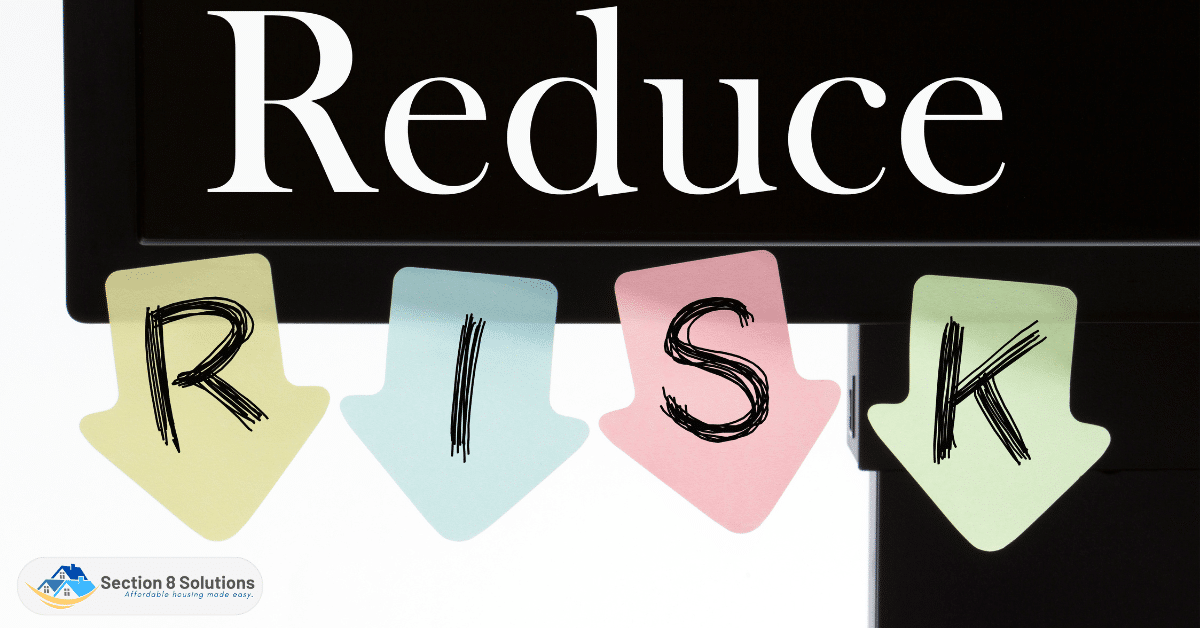
6. Increased Inspections and Regulations
Increased inspections and regulations play a crucial role in Section 8 housing, as they ensure the safety and livability of rental properties, protect the health of tenants and the community and maintain compliance with government regulations and standards. However, these inspections and regulations can pose challenges for landlords, especially those who are not familiar with the requirements. In this section, we will delve into the importance of inspections and regulations, the challenges they may present, and ways to comply with them.
One of the essential roles of inspections and regulations is to ensure that rental properties meet safety and livability standards. They help to identify potential hazards or issues that could impact the well-being of tenants, such as electrical problems, structural damage, or mold. Inspections also ensure that rental properties meet local building codes and ordinances, protecting the community and environment.
While inspections and regulations serve a vital purpose, they can pose challenges for landlords. For instance, the time and financial costs of inspections and repairs can be overwhelming. Additionally, keeping up with the constant changes and updates to regulations can be challenging, leading to non-compliance penalties.
To comply with inspections and regulations, landlords should conduct regular property inspections and maintenance. This helps to identify and address any issues before they become major problems, reducing the overall cost of repairs. Landlords should also stay up to date with government regulations and guidelines, seeking the help of knowledgeable professionals, such as property managers or inspectors, if needed. By doing so, landlords can ensure that their properties meet the required standards and maintain compliance with government regulations.

7. Eviction Process
The eviction process is a legal procedure that landlords who participate in Section 8 may use when tenants break the lease agreement or fail to pay rent. While it can be complex and challenging for landlords, it may be necessary to safeguard their property and investment. This section will explore the reasons for eviction, the legal requirements, and tips to prevent eviction.
Reasons for eviction may include non-payment of rent, lease violations like unauthorized occupants or pets, property damage or destruction, and illegal activities such as drug use or violence.
Landlords must follow legal requirements for eviction, which include providing the tenant with proper notice, filing for eviction in court, attending a court hearing, presenting evidence, obtaining a court order for eviction, and working with law enforcement to enforce the order.
To avoid eviction, landlords can communicate lease terms and expectations clearly with tenants, address any issues or concerns promptly and professionally, create a payment plan with tenants struggling to pay rent, consider alternative dispute resolution methods such as mediation, and proactively prevent and address lease violations.
Landlords should also consider providing tenants with resources for assistance, such as local organizations that offer rental assistance or counseling, regularly inspect the property to identify potential issues or violations early on, offer incentives for tenants with good rental histories, and consult legal professionals or property management experts to ensure that they follow proper eviction procedures and requirements in their jurisdiction.
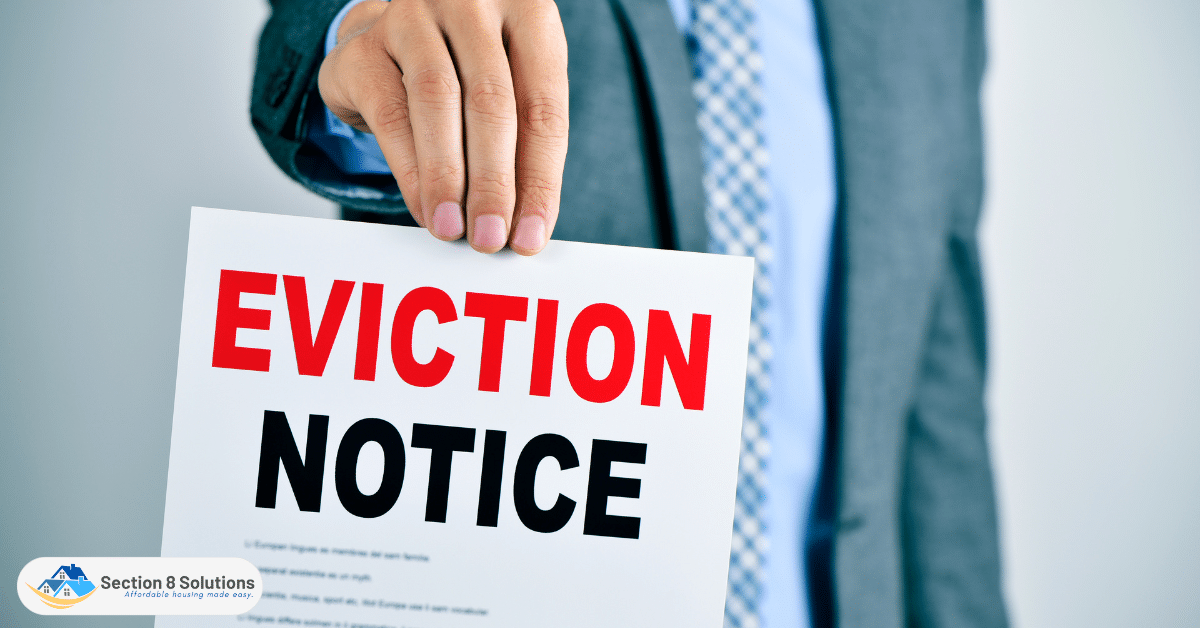
Conclusion
Section 8 housing programs provide an important service for many people, but landlords participating in these programs can face a variety of challenges. While these issues can be overwhelming and frustrating at times, understanding the causes, consequences, and solutions to each issue is key to success. Through proper communication with housing authorities, timely rent payments, tenant compliance with lease terms, tenant damages prevention, and a decreased tenant turnover.
Furthermore, by understanding the importance of inspections and regulations, as well as the legal requirements for eviction when necessary, landlords can protect their investments while providing safe and comfortable living environments for their tenants.












